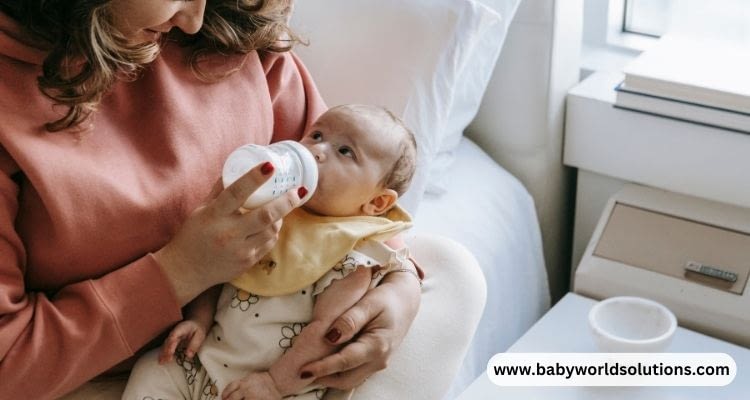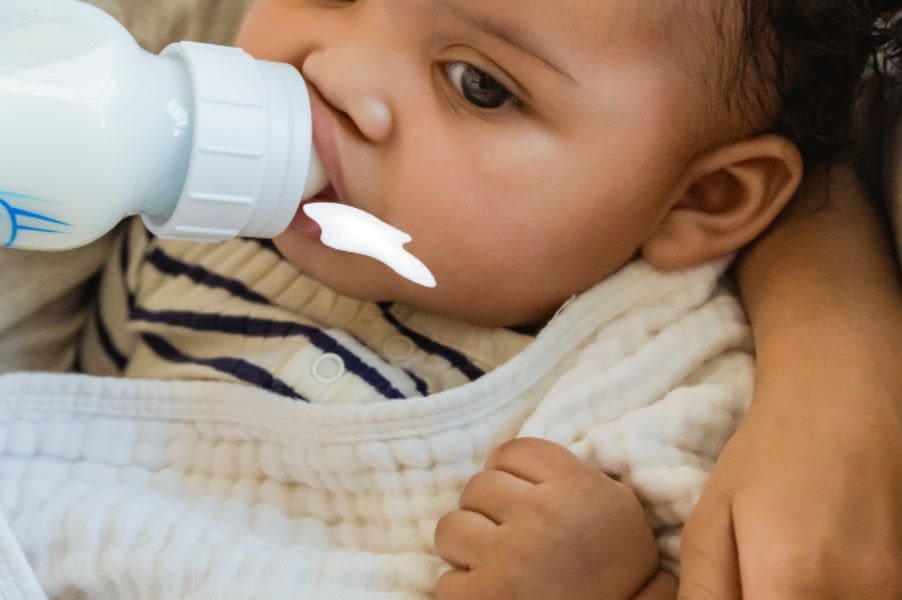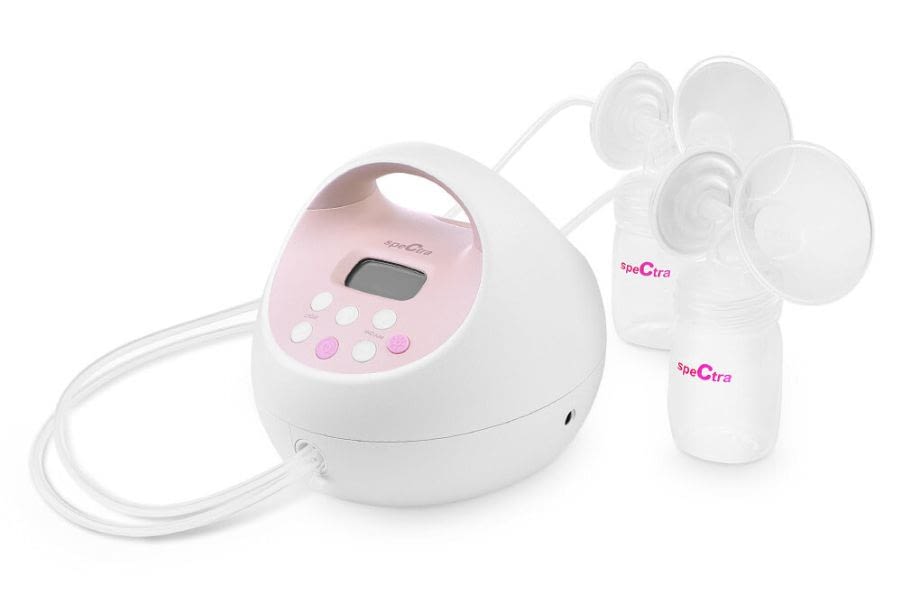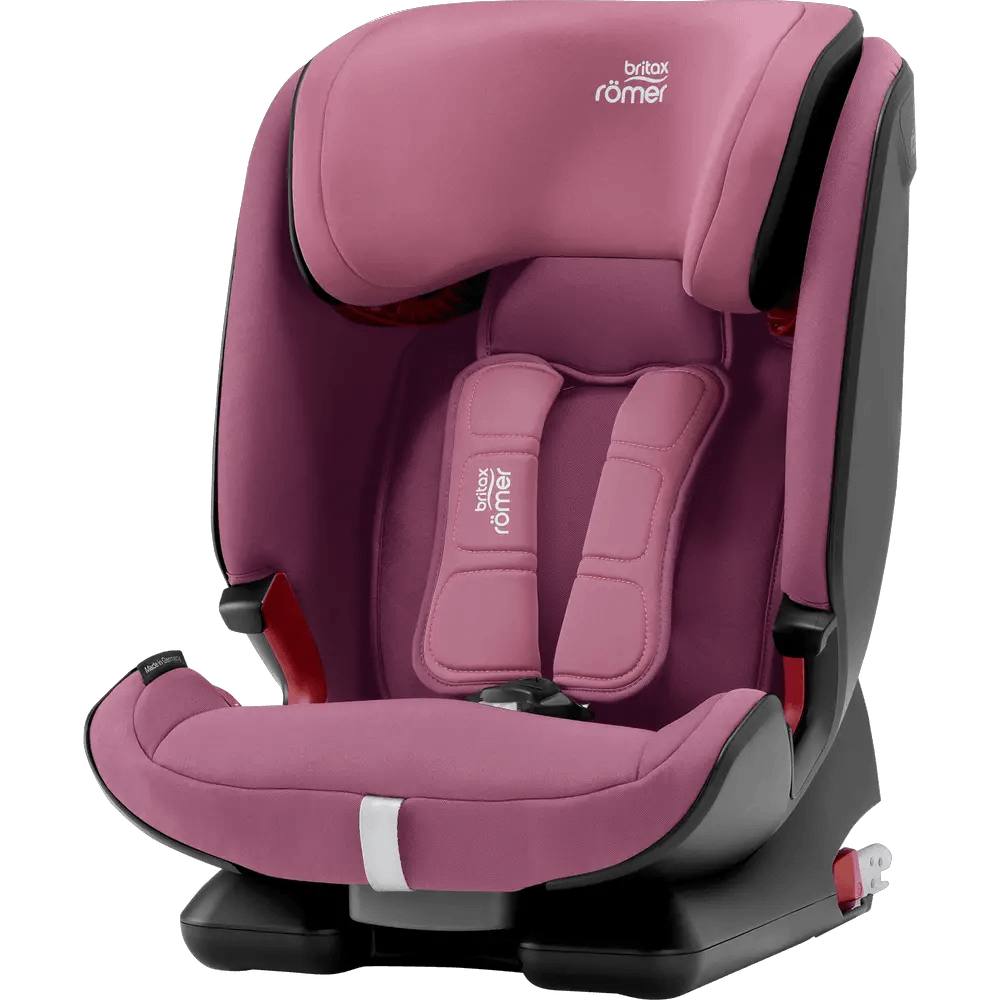Ah, the age-old problem that parents debate: Can you microwave baby bottles? With modern parenting having myriad questions, adding one more to your list is necessary.
Whether for convenience or safety reasons, you may have heard conflicting opinions and wondered which answer is correct. If you’re looking for guidance on heating bottles safely, get the facts here! Discover trustworthy information to ensure your baby gets a nourishing meal every time.
Can you microwave baby bottles?
It is not recommended to warm baby bottles in the microwave as the liquid inside can heat unevenly and potentially cause a scalding risk. Furthermore, plastic containers, such as baby bottle nipples, are even more susceptible to melting when exposed to microwaves.
If you use the microwave, stir the liquid inside and carefully test a few drops on your wrist before feeding it to your infant.
Can You Microwave Baby Bottle Nipples? Due to the small size and thin plastic of baby bottle nipples, it is not safe to microwave them as it can cause them to become deformed or even melt.
Instead of microwaving, it is best to soak the nipples in warm or tap water to soften them up before use. Additionally, you should always inspect a nipple before using it to ensure no tears or cracks which cause liquid to leak out and possibly burn your baby’s skin.
Why can’t you microwave baby bottles? (Reasons)
Regarding caring for our babies, parents want to ensure everything is as safe and sanitary as possible. The reason why microwaving baby bottles is not recommended is that it can create hot spots. Which can cause burns to your baby’s mouth and throat if you give them baby formula from a bottle that has been microwaved.

- Microwaving Causes Breastmilk Components to Deteriorate and decrease their nutritional value, so it’s better to give expressed breast milk to your hungry baby.
- Can you microwave baby formula? Many bottles are not designed to be microwaved; microwaving them could cause dangerous chemicals to leach into the breastmilk or formula.
- Handle baby’s food safely, and never leave bottles or nipples in the microwave unattended. It can create a serious fire hazard if left unchecked. Be cautious when microwaving any item intended for use with babies and young children, as extreme temperatures can cause harm.
- How long to heat up baby bottle in microwave if needed? Warm 4oz bottles for 30 seconds on full power to ensure optimal heating with no hot spots. And 8oz. Ones should be heated in increments of 15-second bursts until they reach their desired temperature – all within a maximum of 45 seconds!
Can you heat a plastic baby bottle in the microwave?
When it comes to why you can’t microwave baby bottles, the key factor is temperature. Traditional plastic baby bottles are not designed to withstand the heat of a microwave, and microwaving plastic causes harmful toxins, such as Bisphenol-A (BPA) and phthalates, to leach out, putting your baby’s health at risk.
The only type of bottle safe to microwave is made from glass or BPA-free plastic. Even then, the FDA recommends heating breast milk bottles in warm water instead of microwaving them due to potential hotspots that can occur when microwaving.
So, can you microwave water for baby bottles?
While it’s safe to microwave water for adult consumption, it is not recommended that you heat formula in the microwave. The baby bottle’s plastic material is not designed to withstand the extreme temperatures that microwaving can create.
Can you microwave glass baby bottles?
No, you should not microwave glass bottles because microwaves heat unevenly from the inside out, which can create hot pockets of liquids. It can also shatter or crack formula bottles, which can be dangerous for your baby.
When warming a baby bottle, it’s best to do it slowly in warm water. It will help prevent any hot spots from forming, then microwaving it for a few seconds.
Safe Warming Alternatives to microwaving baby bottles
When it comes to warming bottles, there are many safer alternatives than microwaving because microwaves heat baby’s milk unevenly.
Two Best Ways to Heat Breast Milk or Formula Safely:
- Alternatively, you can use a bottle warmer to heat your baby’s milk safely and quickly, evenly heating the bottle and avoiding hot spots. Plus, they come with auto shut-off features so you don’t overheat your little one’s food!
- You can also place the baby bottle in a bowl of warm water or under running warm tap water. Before offering your little one their bottle, ensure the temperature is just right: test it on the inside of your wrist. That way, you can be sure they’re getting a comfortable feed as you would with breast milk or infant formula that microwave ovens have warmed up.
By following these Tips for warming a baby bottle, you can ensure your baby gets their bottle safely and at the right temperature.
Can you microwave baby bottle nipples? Again, the answer is no. Nipples can melt and become deformed when microwaved, creating a potential choking hazard for your baby.
How to warm a baby bottle under running water?
Warming a baby bottle under running water is an easy and effective way to warm the bottle’s contents.
- To begin, fill the sink with lukewarm water.
- Then, take the cold baby bottle and place it in the sink.
- Make sure that all parts of the bottle are submerged in water.
- After allowing the contents to steep for roughly 10 minutes, take a temperature reading.
- If it is not warm enough, let it sit for another few minutes until it reaches the desired temperature.
- Once done, remove the bottle from the water, shake off any excess moisture, and feed your baby!
- Always test the milk’s temperature before feeding to avoid scalding your little one’s mouth. Be sure to discard any unused milk after a feeding.
It is important to note that you should never try heating baby bottles in the microwave. Heating breastmilk for too long or at too high a temperature can destroy some of the milk’s beneficial properties.
Following these steps can help ensure you safely and quickly warm your baby’s bottle so your little one can enjoy their meal.
Even if you stir or shake the bottle before giving it to your baby, this isn’t enough protection against potential burns.
How to use a baby bottle warmer?
Using a baby bottle warmer is an e way quickly warm up a bottle for your baby. Here are the steps:
- Put the baby bottle in the warmer and firmly position it.
- Add water to the reservoir according to the instructions of your particular warmer, if needed.
- Press the start button on your bottle warmer. Most warmers are pre-programmed with recommended times for each type of bottle, such as standard or wide-neck bottles and different milk types.
- Wait for the warmer to heat the bottle. Many warmers will beep when it is done so that you can check the temperature before feeding your baby.
- Test the temperature of the milk on your wrist before feeding your baby, just as if you were warming it in a pan of boiling water.
- Serve the bottle to your baby!
- Always read the manufacturer’s instructions with your bottle warmer to ensure you use it correctly and safely. And remember to unplug the warmer when not in use. Enjoy feeding your baby with a perfectly warmed bottle!
Maintaining and cleaning your bottle warmer is also essential. By following these directions, you can keep your bottle warmer and in great shape to keep warming bottles for your new baby.
How to warm a bottle on the go?
Best way to warm a bottle while on the go is to use an external device like a portable bottle warmer. It can be plugged into your car’s cigarette lighter socket and safely heat the milk or formula to the right temperature.
It also has an insulated compartment that can keep bottles cool, so you don’t have to worry about milk spoiling. If you don’t have access to a car, warm up those milk bottles for your little ones with the help of an old-fashioned hot water bottle! Quick and easy when there’s no other choice.
Fill the bottle with hot water from home and wrap it around the formula or breastmilk container before putting it in your bag. The heat will slowly transfer to the milk container, warming it up without scalding it.
Finally, if you’re in a pinch, you can always take the bottle to a restaurant and ask them to warm it up. Most establishments are more than happy to help out!
Conclusion: Can you put baby bottles in microwave?
In summary, when it comes to heating baby bottles safely and quickly, there are pros and cons associated with microwaving and using electric bottle warmers.
Ultimately, it is best to avoid microwaving baby bottles and nipples altogether for your child’s safety. If you need to quickly heat a bottle, warm water or a bottle warmer are safer options to provide an even temperature. Ensuring your baby’s bottle is at a safe temperature can be as easy as counting to three! Going the extra mile to warm their milk gives reassurance to both you and your little one.
On the other hand, electric bottle warmers are an excellent choice for keeping things safe without sacrificing speed or convenience! Whichever method you choose for warming up your baby’s bottles, remember safety first!
Parents Also Ask
Is it safe to microwave baby bottles for sterilization
No, sterilizing plastic baby bottles in the microwave is not recommended. These can melt or warp and may release harmful substances into the bottle. The best way to sterilize plastic baby bottles is by using a steam sterilizer or dishwasher or boiling them in a pot of water on the stove.
1 Visit today





